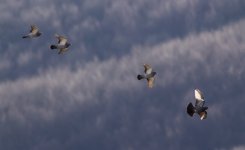DanC.Licks
AKA Daniel Bradley
I don't think the "problem" is with Metabones. Better to write Olympus.
Are the originals orfs ore jpbs? Haven't had time to update the firmware yet.
I thought stacking was back to front and bracketing was around the chosen focus point.
Are the originals orfs ore jpbs? Haven't had time to update the firmware yet.
I thought stacking was back to front and bracketing was around the chosen focus point.




